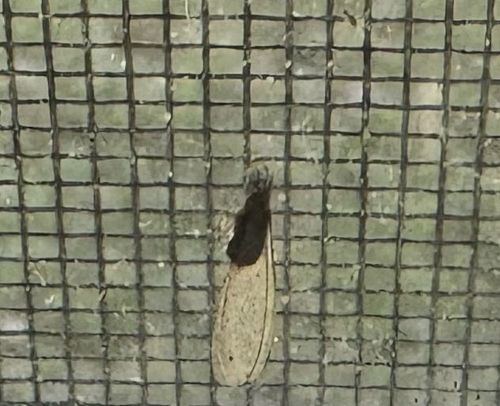Moth
Scientific Name: Too difficult to determine from image alone
Order & Family: Lepidoptera
Size: Highly variable, from a few millimeters to over 30 cm wingspan

Natural Habitat
Typically found in a wide variety of terrestrial habitats including forests, grasslands, deserts, urban areas, and agricultural fields.
Diet & Feeding
Adult moths often feed on nectar, sap, or decaying fruit, while larvae (caterpillars) typically consume plant leaves, stems, roots, or wood.
Behavior Patterns
Moths are primarily nocturnal, attracted to light. They undergo complete metamorphosis (egg, larva, pupa, adult). Many species are important pollinators.
Risks & Benefits
Some moth larvae can be agricultural pests, damaging crops or stored products. Adults are important pollinators and a food source for other animals. Some species can cause allergic reactions in sensitive individuals.
Identified on: 11/9/2025